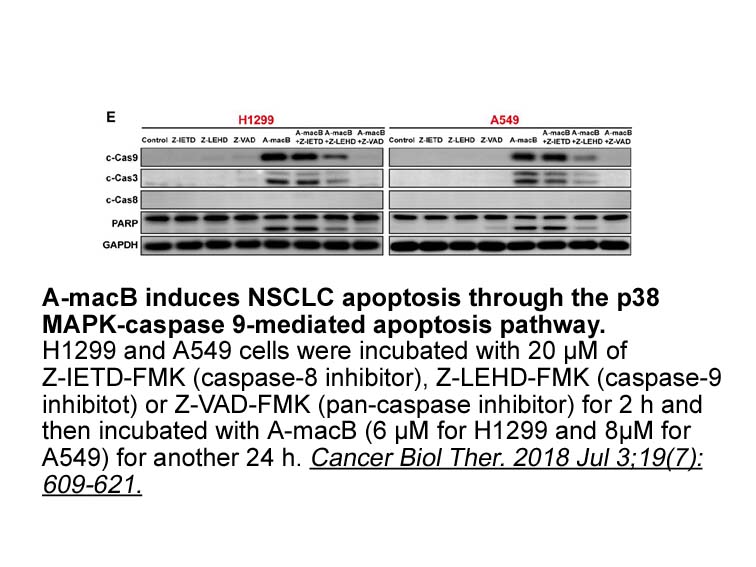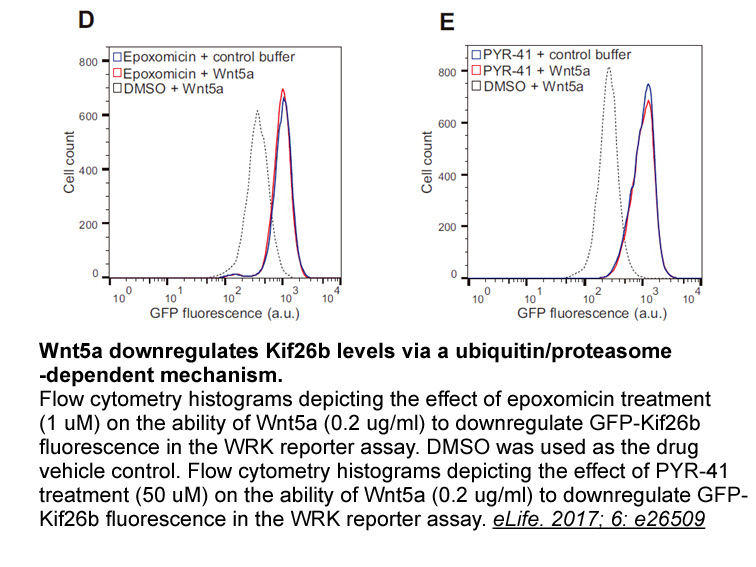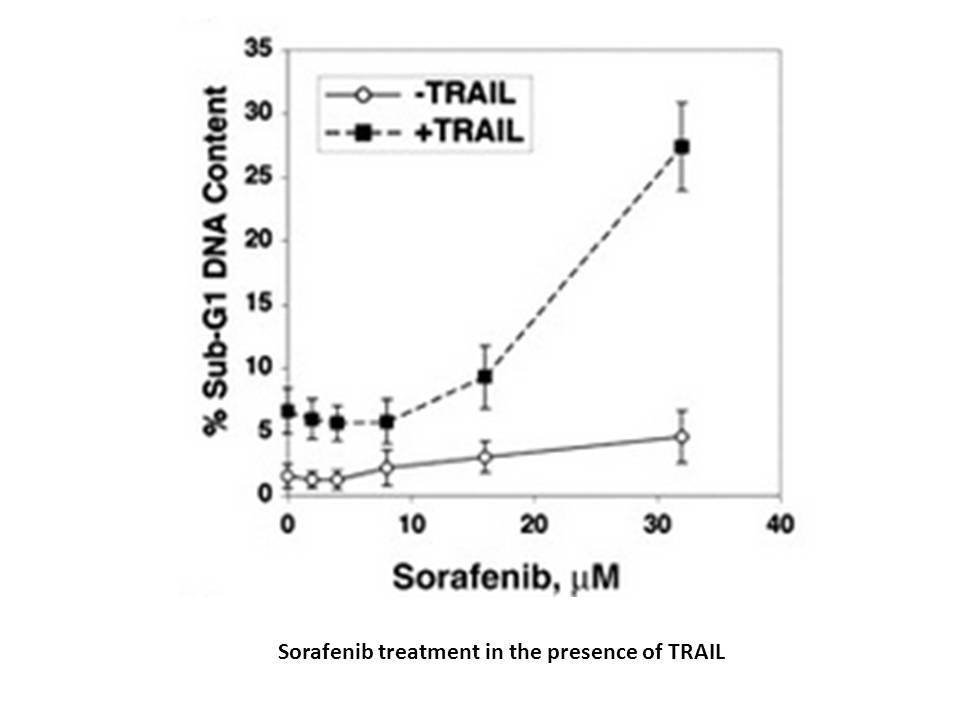Archives
- 2025-11
- 2025-10
- 2025-09
- 2025-04
- 2025-03
- 2025-02
- 2025-01
- 2024-12
- 2024-11
- 2024-10
- 2024-09
- 2024-08
- 2024-07
- 2024-06
- 2024-05
- 2024-04
- 2024-03
- 2024-02
- 2024-01
- 2023-12
- 2023-11
- 2023-10
- 2023-09
- 2023-08
- 2023-07
- 2023-06
- 2023-05
- 2023-04
- 2023-03
- 2023-02
- 2023-01
- 2022-12
- 2022-11
- 2022-10
- 2022-09
- 2022-08
- 2022-07
- 2022-06
- 2022-05
- 2022-04
- 2022-03
- 2022-02
- 2022-01
- 2021-12
- 2021-11
- 2021-10
- 2021-09
- 2021-08
- 2021-07
- 2021-06
- 2021-05
- 2021-04
- 2021-03
- 2021-02
- 2021-01
- 2020-12
- 2020-11
- 2020-10
- 2020-09
- 2020-08
- 2020-07
- 2020-06
- 2020-05
- 2020-04
- 2020-03
- 2020-02
- 2020-01
- 2019-12
- 2019-11
- 2019-10
- 2019-09
- 2019-08
- 2019-07
- 2019-06
- 2019-05
- 2019-04
- 2018-11
- 2018-10
- 2018-07
-
MLN4924: Redefining Neddylation Inhibition for Next-Gen C...
2025-09-29
Explore how MLN4924, a selective NEDD8-activating enzyme inhibitor, is transforming cancer biology research through advanced dissection of cell cycle regulation and tumor growth in solid tumor models. This article uniquely highlights emerging mechanistic insights and future horizons for anti-cancer therapeutic development.
-
CB-5083: Advanced Insights into Selective p97 Inhibition ...
2025-09-28
Explore how CB-5083, a potent oral p97 inhibitor, uniquely disrupts protein homeostasis and induces apoptosis in cancer cells. This article offers advanced analysis of CB-5083’s mechanistic role in ER proteostasis, highlighting new intersections with lipid regulation and tumor growth inhibition.
-
MLN4924: Unlocking Neddylation Inhibition for Precision C...
2025-09-27
Explore how MLN4924, a selective NEDD8-activating enzyme inhibitor, enables unprecedented control over the neddylation pathway for advanced cancer biology research. This article uniquely highlights mechanistic insights and translational opportunities that set MLN4924 apart in anti-cancer therapeutic development.
-
MLN4924: Redefining Cancer Research via Neddylation Pathw...
2025-09-26
Discover how MLN4924, a selective NEDD8-activating enzyme inhibitor, is transforming cancer biology research by offering precision control over neddylation and cullin-RING ligase activity. This article uniquely explores MLN4924’s role in dissecting E2 enzyme specificity, RHEB neddylation, and advanced solid tumor models.
-
EZ Cap™ Firefly Luciferase mRNA (5-moUTP): Next-Gen Biolu...
2025-09-25
Discover how EZ Cap™ Firefly Luciferase mRNA (5-moUTP) is redefining mRNA delivery, translation efficiency assays, and immune suppression in mammalian systems. This article offers a unique, in-depth perspective on leveraging 5-moUTP modified mRNA for translational research and therapeutic innovation.
-
ISRIB (trans-isomer): Expanding Horizons in Integrated St...
2025-09-24
Explore the multifaceted role of ISRIB (trans-isomer), a leading integrated stress response inhibitor, in modulating eIF2α phosphorylation and eIF2B activation. This article offers a deep dive into its unique mechanistic properties, advanced research applications, and the latest insights into targeting stress adaptation in disease models.
-
(S)-Mephenytoin for Precision CYP2C19 Assays in hiPSC Int...
2025-09-23
(S)-Mephenytoin serves as a critical CYP2C19 substrate for advanced cytochrome P450 metabolism research in human iPSC-derived intestinal organoid models. This article explores its rigorous application in in vitro CYP enzyme assays and the impact of CYP2C19 genetic polymorphism on anticonvulsive drug metabolism.
-
Prestained Protein Marker (Triple color, EDTA free, 10-250 k
2025-04-22

At first, the APC is a 310kDa protein divided into three domains such as N-terminal, central core and C-terminal domain [102], plays a major role to regulate the Wnt signaling pathway in human cancer by translating β-catenin from the Prestained Protein Marker (Triple color, EDTA free, 10-250 kDa) t
-
InstaBlue Protein Stain Solution Maintaining the normal vagi
2025-04-19

Maintaining the normal vaginal fluid acidity is important for vaginal functions (Wagner and Levin 1984). Estrogen has been shown essential in maintaining the acidity of vaginal fluid, in which its deficiency could cause vaginal fluid pH to increase (Gorodeski et al. 2005). After menopause, low estro
-
br Conclusion GroEL from RA CH was
2025-04-19

Conclusion GroEL from RA-CH-1 was expressed and purified. The recombinant RaGroEL protein exhibited ATPase activity, which cooperated with GroES in ATP hydrolysis. Furthermore, the expression pattern of groEL revealed that groEL was up-regulated during stress response. Further studies are warrant
-
Loss of virulence in ACL
2025-04-19

Loss of virulence in ACL mutants may be caused by defect in vegetative growth and conidial germination, and reduced trichothecene production. However, supplement of potassium acetate restored the defects in germination rate and vegetative growth, but not virulence in wheat heads (Table 2, Fig. 2B),
-
The ambiguity surrounding the role played by the LOXs
2025-04-18

The ambiguity surrounding the role played by the 15-LOXs in malignant biological processes stems also from the limitations of current animal models, and especially the usage of its 12/15-LOX murine homolog, which can also catalyze the production of 12-HETE. Indeed, the proinflammatory effect of 12-H
-
We also measured macrophage infiltration and CLS presence in
2025-04-18

We also measured macrophage infiltration and CLS presence in peri-gonadal AT from db/db mice and controls. CLS are morphological features within AT that are accurate indicators of adipocyte death and macrophage infiltration [56]. An earlier study showed that CLS macrophages account for >90% of the t
-
Tumor suppressor ARF regulates the activity of p by
2025-04-17

Tumor suppressor ARF regulates the activity of p53 by inhibiting the functions of Mdm2. ARF is induced by hyperproliferative signals emanating from oncogenic Ras, overexpressed c-myc, and from deregulated E2F . ARF prevents p53 degradation and leads to increased p53 function by sequestering Mdm2 to
-
The importance of the ATM Tel
2025-04-17

The importance of the ATM/Tel1 to ATR/Mec1 switch in the response to DSBs remains to be determined. Noteworthy, resection-defective S. cerevisiae cells, such as sae2Δ, exo1Δ, fun30Δ or sgs1Δ mutants, fail to turn off the checkpoint in response to an unrepaired DSB [56], [127], [128]. Moreover, the s